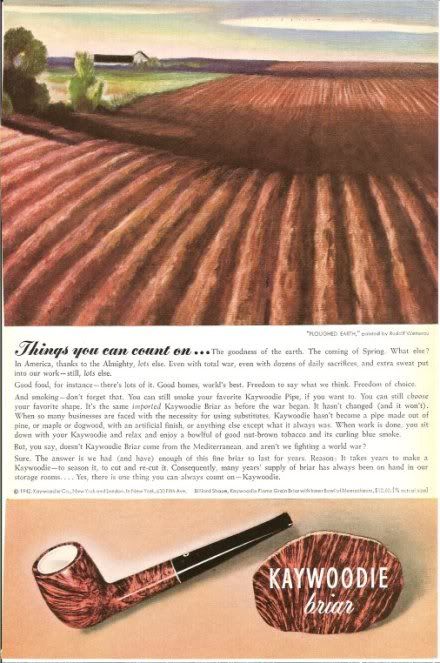
Burl Ives (1909-1995)
Born in Illinois, Burl Ives dropped out of college in the 1930's and became a traveling minstrel, working odd jobs, singing and playing his banjo. During the 1940's he had his own radio show called
The Wayfaring Stranger, after an old folk spiritual. Although he was in several movies, he is of course best remembered as a folk singer.
He was once jailed in Mona, Utah during the 1930's for singing "Foggy, Foggy Dew." The local authorities decided it was too "bawdy."
He cooperated with the House Unamerican Activities Committee, naming Pete Seeger and others as possible Communists. His cooperation ended his own blacklisting, which allowed him to return to movies.
During his travels across the country, he also collected and cataloged many folk songs that may otherwise have been forgotten. Some of these were published in a collection of simple sheet music called
The Burl Ives Songbook, which I happen to have a copy of (a gift from Brer of
PowerOfBabel). There is a song in this book called "Tobacco's But an Indian Weed." I have read that this piece of music may have been secretly written by King James I, and was originally titled "On the Religious Uses of Tobacco." However, the sentiment is so similar to Bach's
So oft ich meine Tobackspfeife that I think it must be an Americanized (or at least, English-ized) version of the song, with different music.
Click the link below for a simple midi version of the song, which I transcribed myself from the sheet music in the book. Following are the lyrics.
Tobacco's but an Indian weed,
Grows green at morn, cut down at eve.
It shows our decay;
We are but clay;
Think of this, when you smoke tobacco.
The pipe that is so lily-white,
Wherein so many take delight,
Gone with a touch;
Man's life is such;
Think on this, when you smoke tobacco.
The pipe that is so foul within,
Shews how the soul is stained with sin;
It doth require
The purging fire.
Think on this, when you smoke tobacco.
The ashes that are left behind,
Do serve to put us all in mind,
That unto dust,
Return we must.
Think on this, when you smoke tobacco.
The smoke that doth so high ascend,
Shews that our life must have an end;
The vapour's gone;
Man's life is done.
Think on this, when you smoke tobacco.







